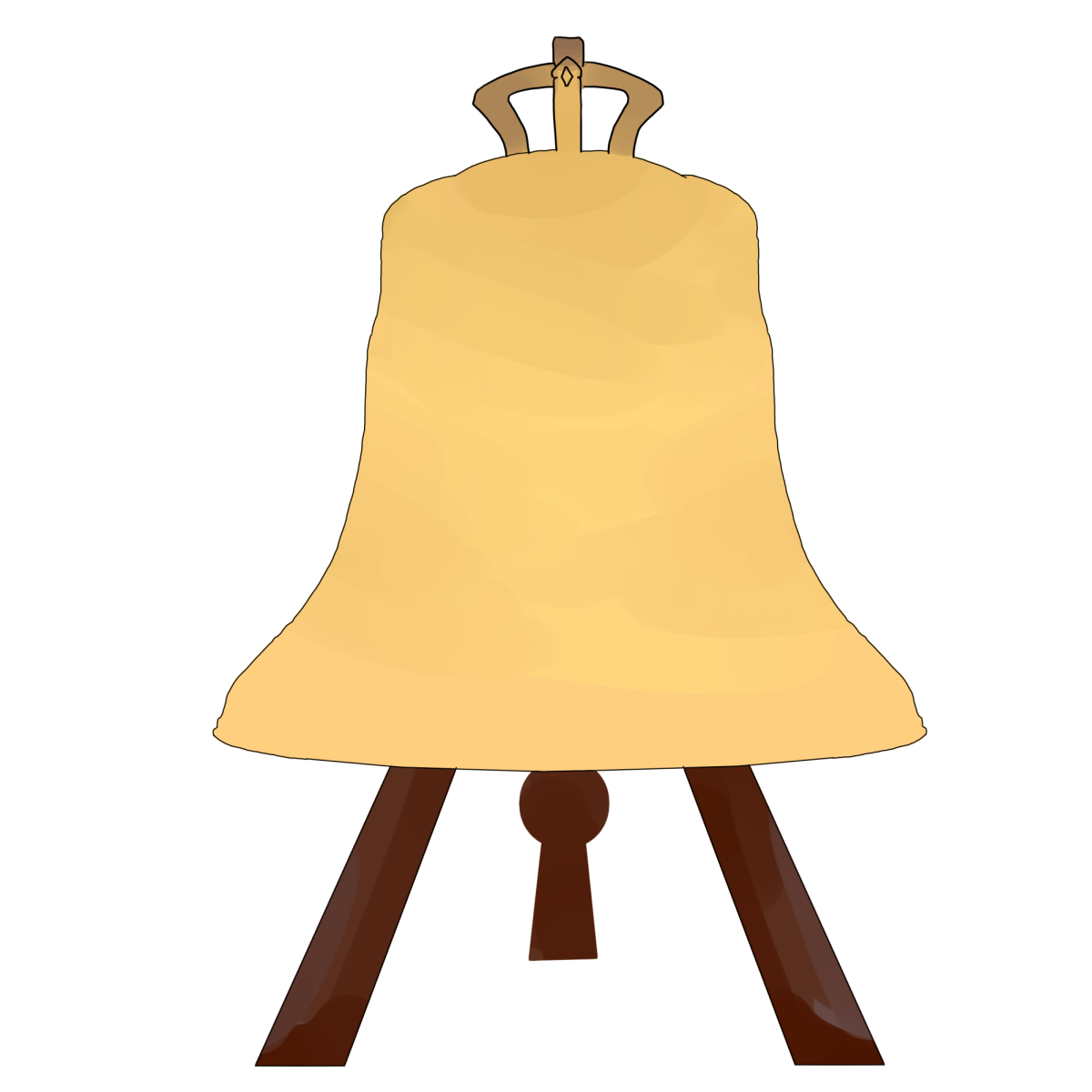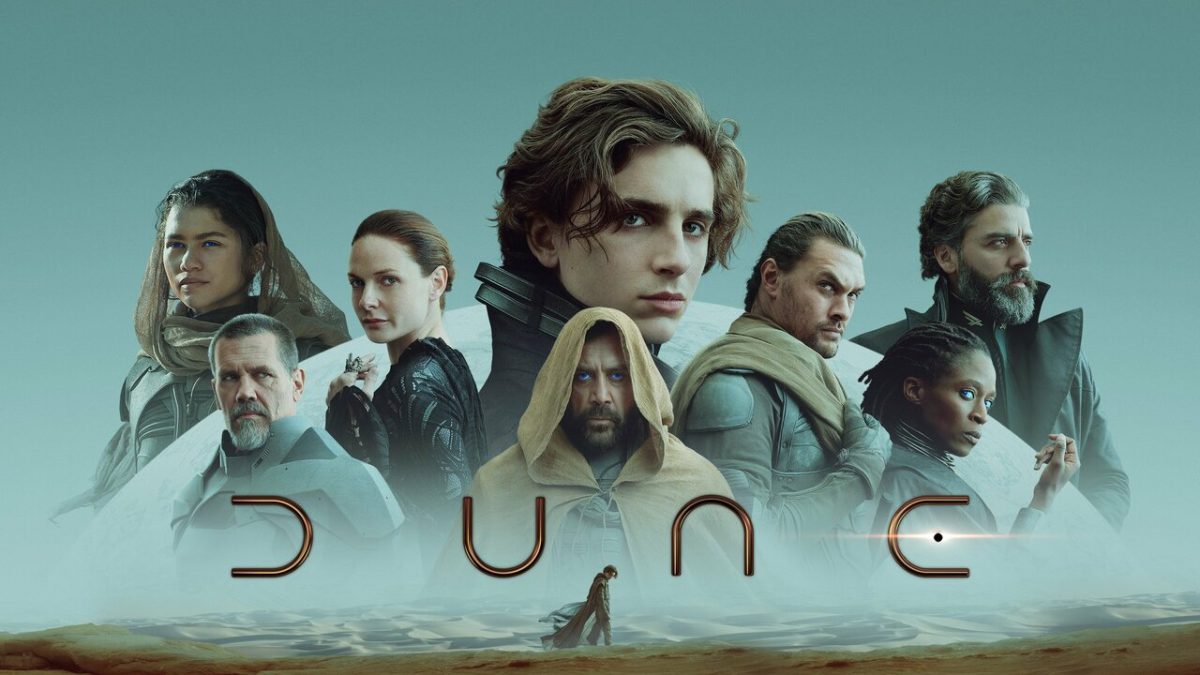“Dune” is a futuristic science fiction book by Frank Herbert following Paul Atreides on his journey to the most threatening planet in the universe to safeguard the future of his people and his family. The classic novel was bound to be turned into a film at some point, and after the relative failure of the 1980s adaptation, Hollywood gave it a second try in 2021.
In 1984, David Lynch directed the first version of the film “Dune.” Lynch is known for his work doing “Eraserhead,” “Elephant Man, “Blue Velvet” and “Twin Peaks.” However, Lynch’s “Dune” has received a large amount of criticism over the years. It even won a Stinkers Bad Movie Award for Worst Picture, which was an award given by a Los Angeles-based group of film critics who honored the worst films of each year from 1978 to 2006. Even Lynch himself has disowned the film for various reasons, having his name taken out of the extended cuts as director.
So much went wrong in the 1984 film. First, Lynch was not the right person to direct the film. With studio interventions taking away a lot of the creative freedom that typically makes Lynch’s movies shine, “Dune” does not feel very much like a Lynchian film.
Additionally, the terrible voice-overs make the story hard to follow. “Dune’s” ineffective use of internal monologue just creates a mess. At times, it can even be unclear who is narrating. Besides the script focusing too hard on the internal monologue, the dialogue feels forced and oversimplified.
To look on the bright side of the movie, however, the visuals are interesting. As limited as filmmakers were to 1980s movie technology, they managed to make the looks of the characters decently remarkable.
This year, a new movie based on the novel was released. Directed by Denis Villeneuve, this version of “Dune” has received a much more positive reception. The visuals in the 2021 film go way beyond the original movie. In fact, imagery is the most impressive aspect of the film. The cinematography is beautiful—every shot of the movie feels like a work of art. The effects are stunning, creating a gorgeous final product.
Although the book involves a lot of world-building and complex plot lines, the 2021 film was not hard to follow in any way. I actually found it easy to get into; Villeneuve makes the story interesting and accessible to every viewer, even though the beginning moved slowly.
This film also contains some amazing acting. Timothée Chalamet crushed the lead role of Paul Atreides and the character development, which was no surprise considering that Chalamet already has an impressive array of credits in movies like “Lady Bird,” “Little Women,” “Beautiful Boy” and “Call Me By Your Name.” His work in “Dune” further demonstrates that he is one of the best actors of the generation.
On the other hand, the most noticeable downside to this film is its resolution. From the beginning, the audience knows that the entire story will not be told in one film because of the “part one” title screen displayed in the beginning. Splitting the story into a trilogy was the right decision, as the messy and jumbled 1984 adaptation makes this clear, but it should not have been cut off in the middle of a story beat because it is basically the moment in the screenplay that compels the viewer to assess what could happen next.
Both films are available for streaming on HBO Max, and the 2021 movie is currently playing in theaters. Overall, I still found myself entertained by both films. With “Dune” 1984 being as classic as it is, I would recommend it to any fan of the science fiction genre. Plus, I am convinced that anyone would love the new Denis Villeneuve adaptation. I look forward to seeing what is to come in the future with the second film in the trilogy, set to hit theaters by October 2023—and I think all fans of “Dune” should be.






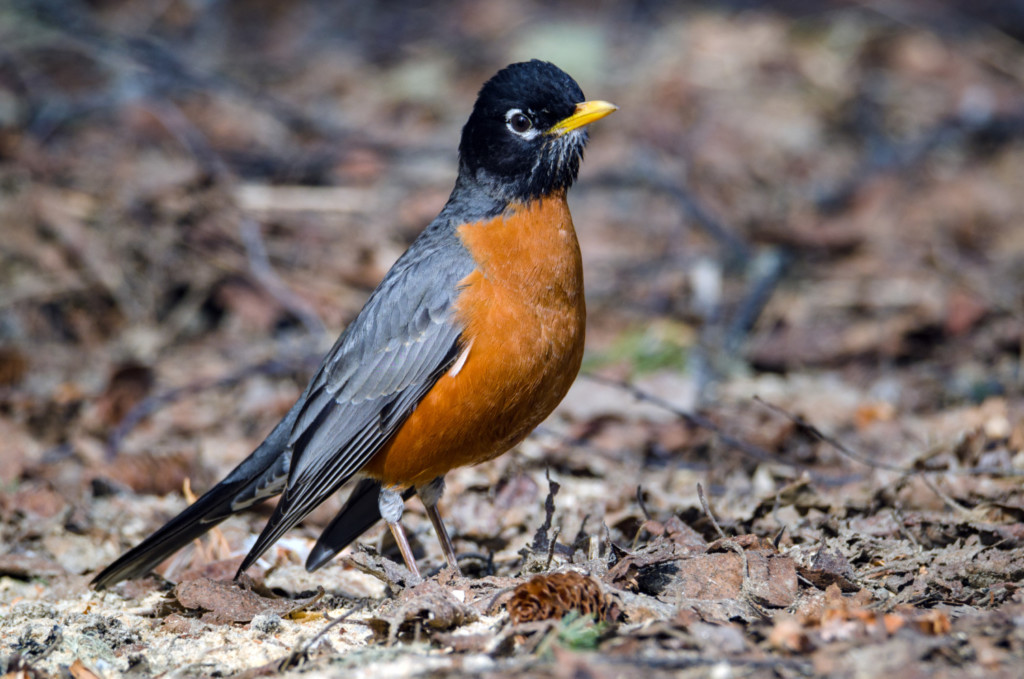
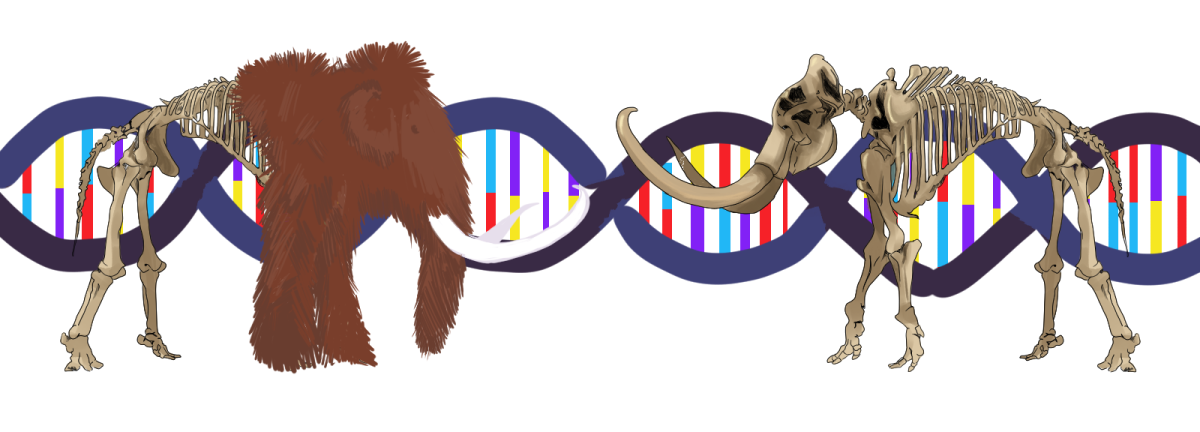






![[DEBATES] Prestigious colleges: value or hype?](https://www.mvviewer.org/wp-content/uploads/2024/12/buildings-1200x654.png)










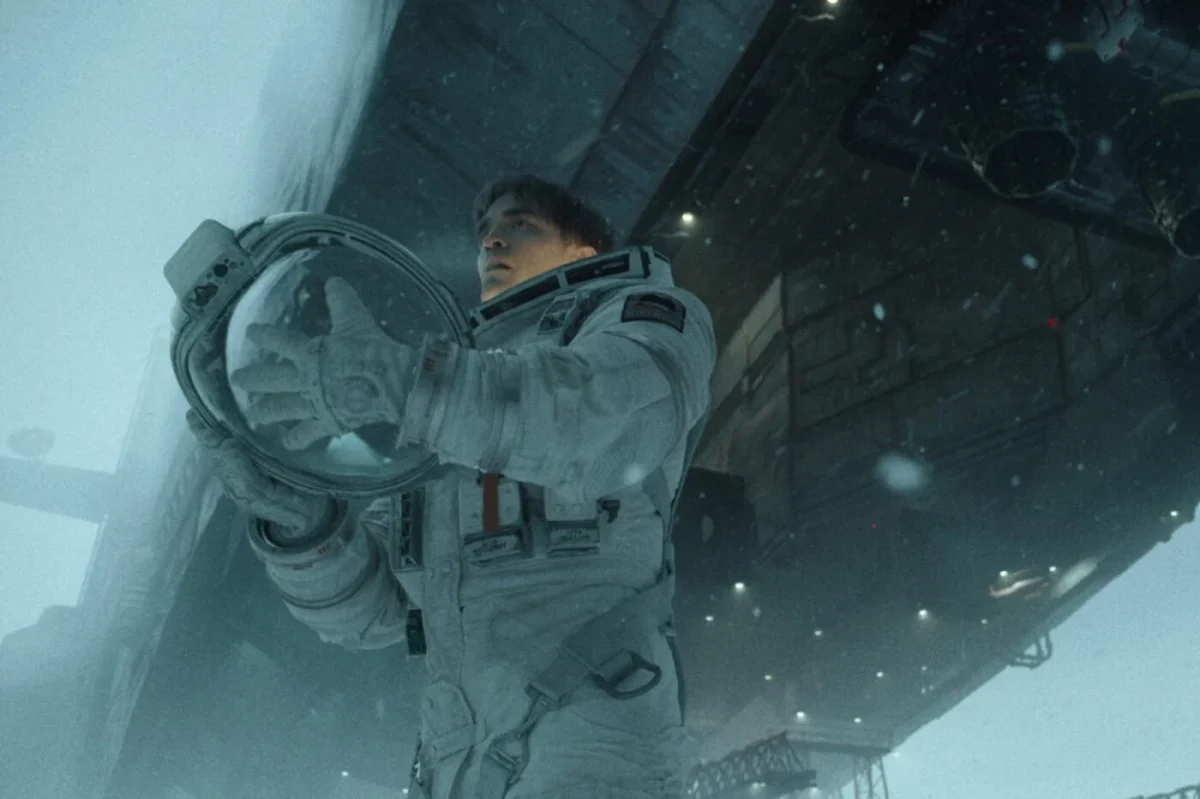
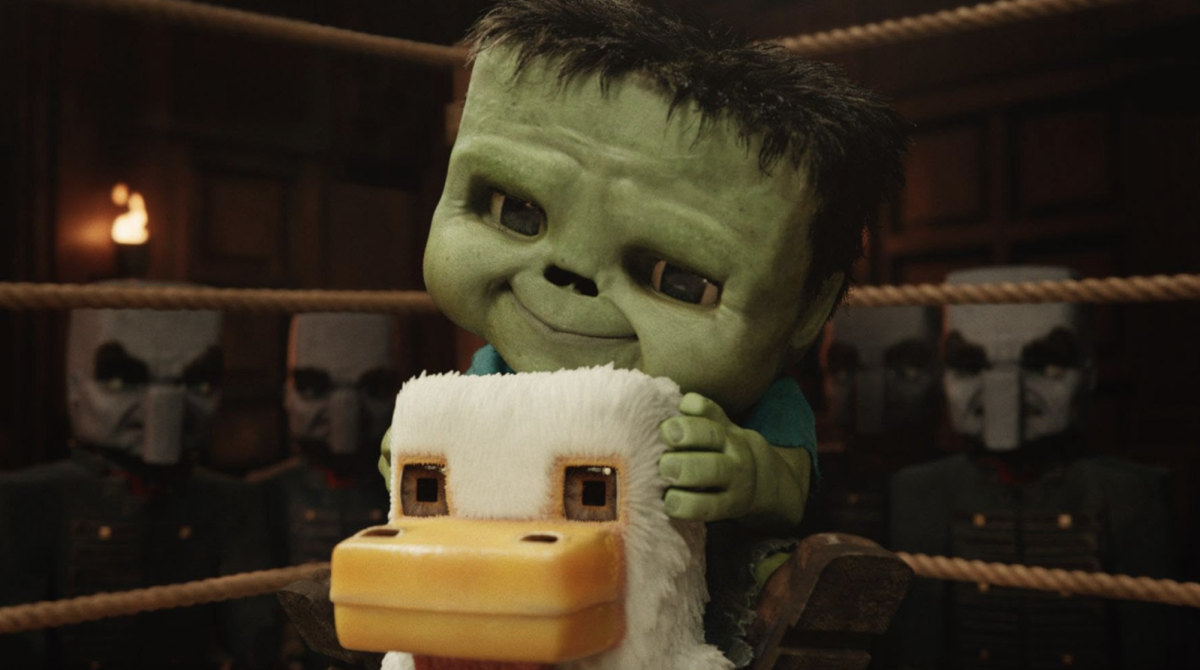


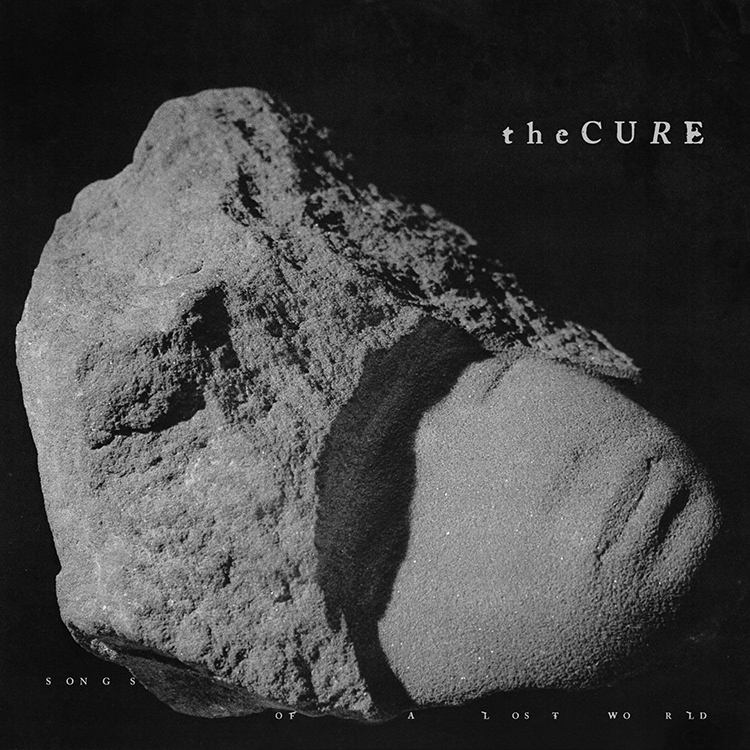
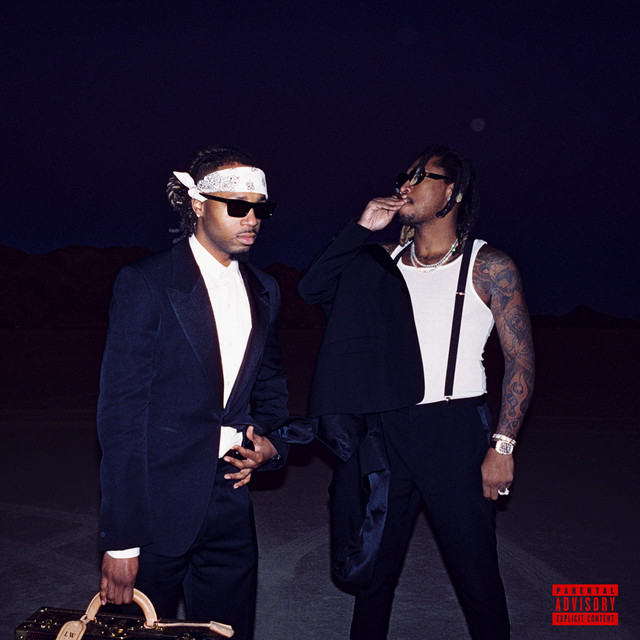
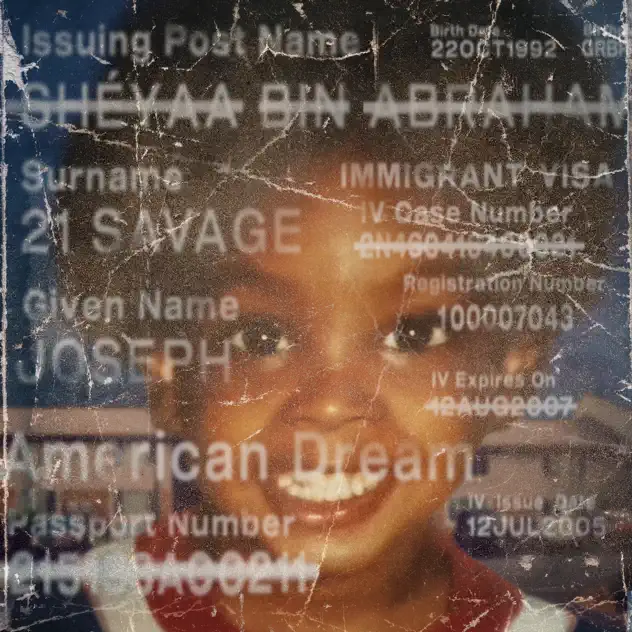
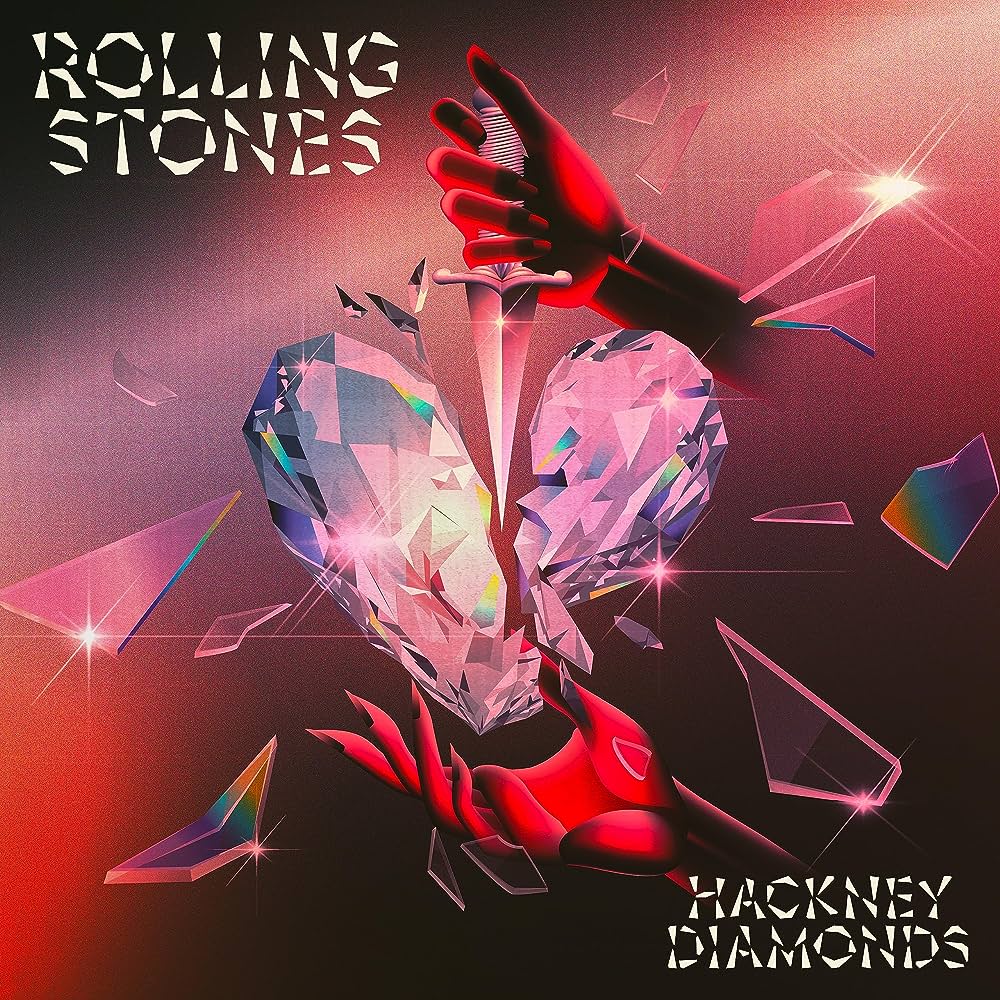
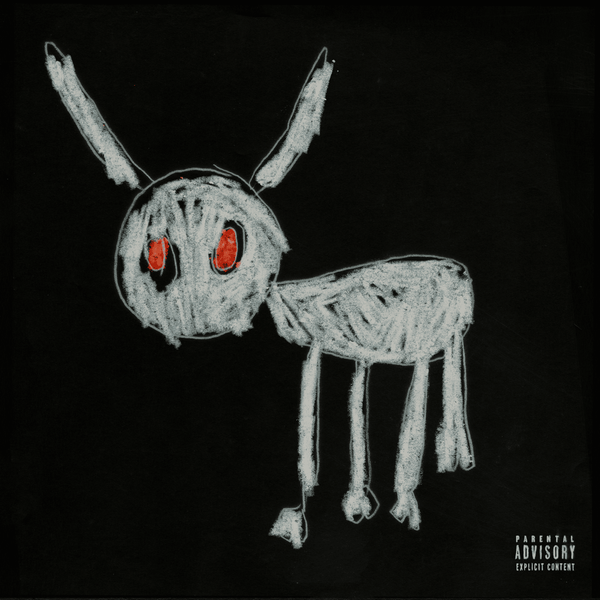
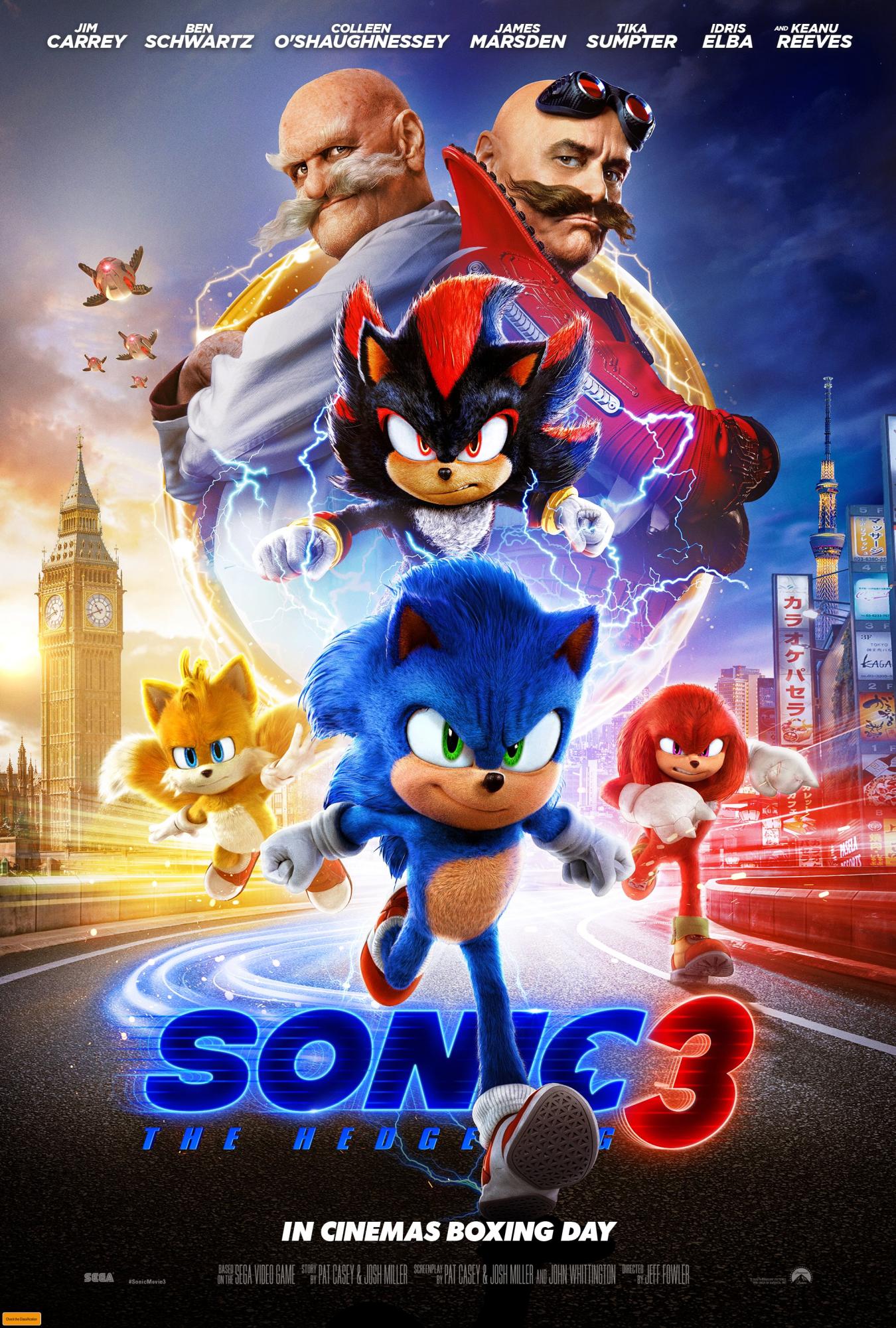
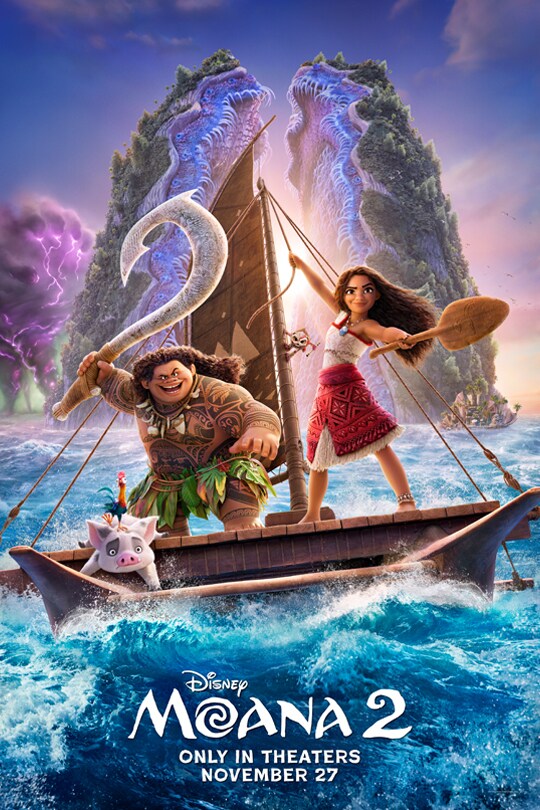
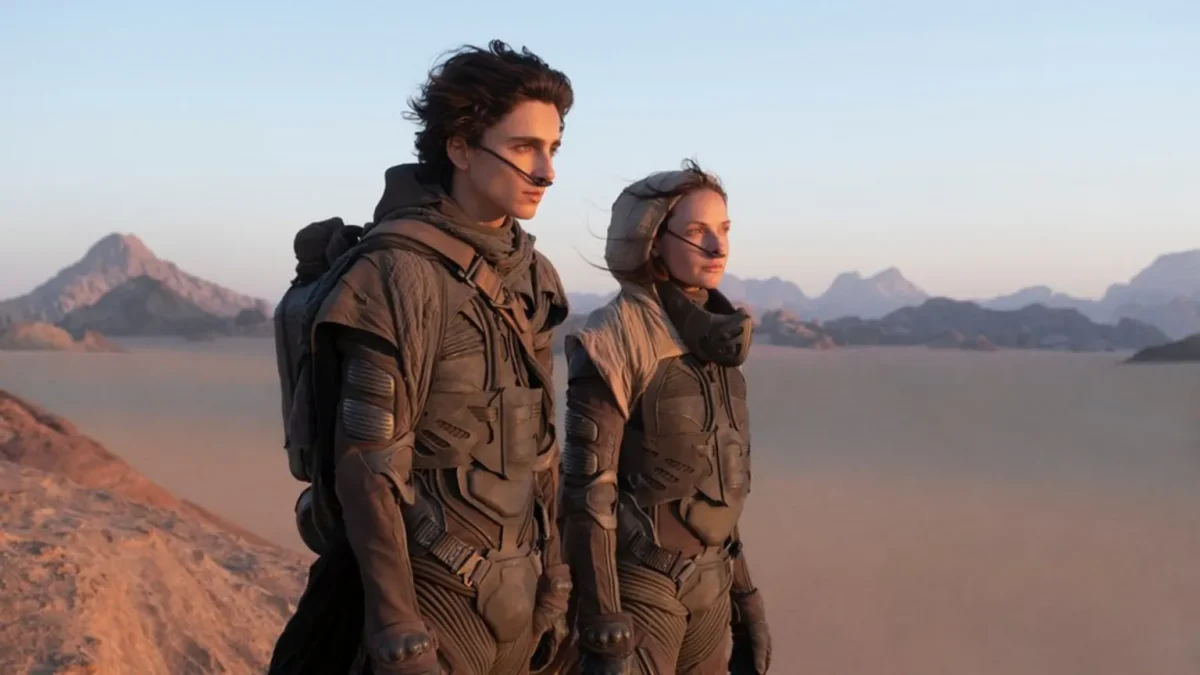






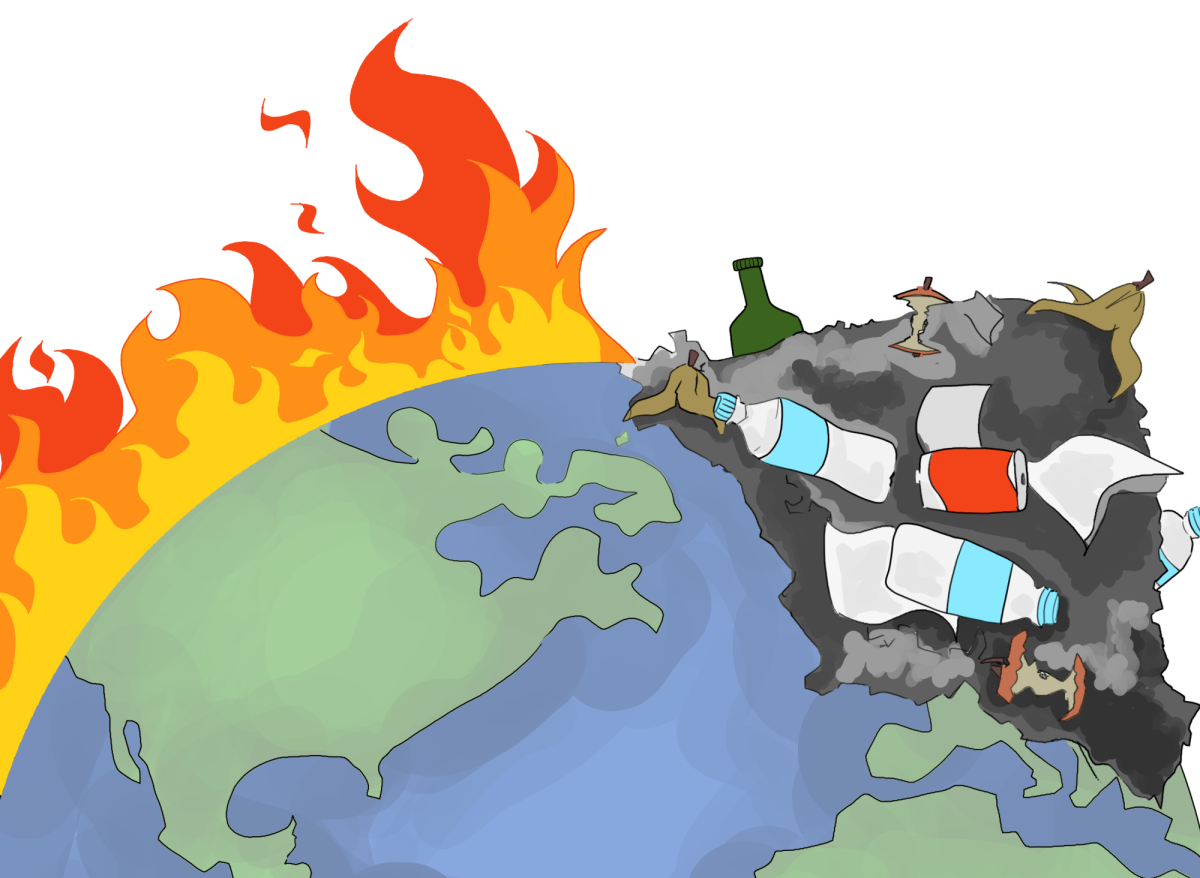


![[OPINION] The dark origins of TikTok's looksmaxxing trend](https://www.mvviewer.org/wp-content/uploads/2024/02/Copy-of-Copy-of-Untitled-Design-1200x675.png)


